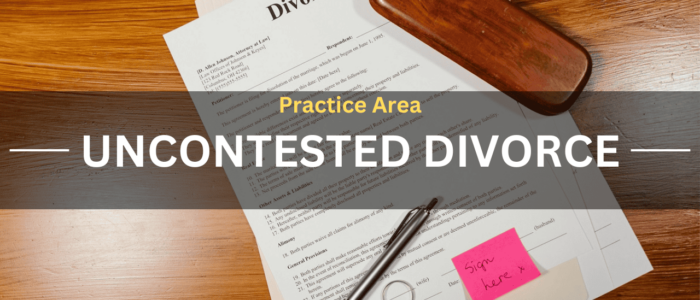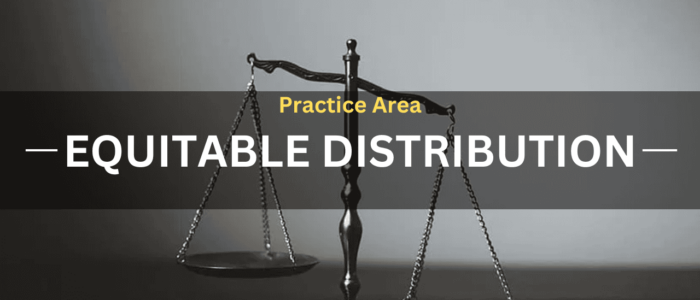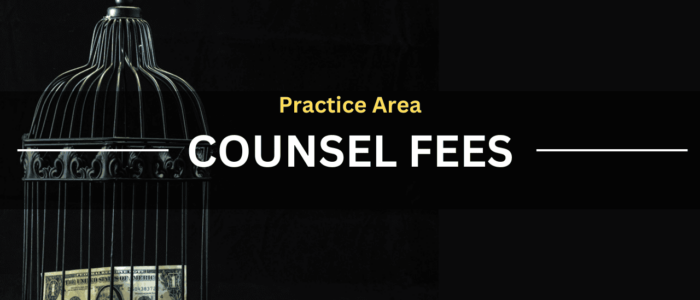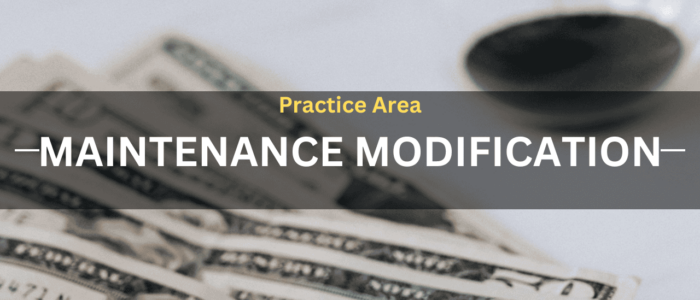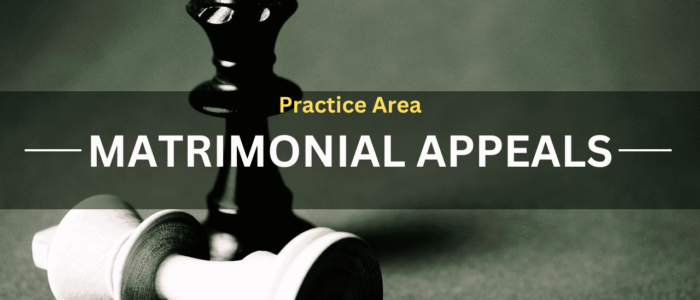Maintenance

Long Island Spousal Maintenance Attorney
How Maintenance is Determined in a New York Divorce
As part of the complete revision to New York's divorce laws in 1980, the term "maintenance" was used for all spousal support awards made under the new law of DRL 236 Part B, while the term "alimony" was retained for all spousal support awards made under the prior law, reflected in DRL 236 Part A. Today, the terms are largely interchangeable, with "alimony" still in widespread use by many states and the IRS.
Maintenance is defined as the payment of money from a spouse or former spouse, periodically, based upon an order or written agreement. Compliance with this definition was important to obtain the now repealed tax advantage of maintenance/alimony; the paying spouse could deduct the payments and the recipient spouse would have to declare the payments as income. Due to the progressive tax structure of Federal taxes, this income shifting model allowed significant tax savings resulting in more resources to be available for both spouses.
The purpose of maintenance has shifted radically over the years. Under pre-1980 law, alimony was the primary ancillary relief available in a divorce, with only wives being authorized to receive alimony. That award was directly tied to marital fault, and if the wife was found to be the party at fault for the divorce she could be deprived of all alimony.
The concept of marital property did not exist prior to 1980 either, meaning that all financial issues had to be addressed through alimony. For example, the loss of a married couple sharing in the husband's pension upon retirement was a factor in the wife's alimony award; she had no right to obtain a part of his pension directly.
Since alimony was directly tied to marital fault, and due to the lack of a property award, alimony would only be awarded when the husband was at fault for the dissolution of the marriage. Since the wife was not at fault, alimony was based upon the standard of living during the marriage, essentially trying to let the wife continue living under that same standard since she was not to blame.
The original purpose of alimony awards no longer exists, as it was the sole remedy available to women at a time when the economic prospects for women were sparse and there was no such thing as marital property.
The removal of the gender limitation, the removal of fault as a condition to maintenance, and the authority to award marital property radically changed the framework of maintenance. In its early years, the primary goal of maintenance remained the same; maintaining the marital standard of living. But that was offset by property awards and the growing number of women in the workforce.
Over time, the standard began to shift to rehabilitative maintenance, designed to cover the spouse until such a time as they could obtain skills to be self-sufficient. The amount and duration was left entirely up to the judge, who would apply a number of statutory factors.
The problem with this approach was that the amount of maintenance awarded could vary wildly from judge to judge, with people in similar circumstances having wildly disparate awards of maintenance.
Maintenance was again revised in 2016, with a formula-based approach to determine the amount, and non-mandatory guidelines for the duration, and today, maintenance is gender neutral and is primarily used to rehabilitate a spouse who has been out of the workforce due to the marriage. Lifetime maintenance is rare, but it still can be awarded if circumstances dictate.
Services Offered
- Representation in all divorce matters involving maintenance: Representation in all matrimonial actions where maintenance is an issue at both the trial and appellate level.
- Maintenance Calculation: Assistance clients in determining guideline awards to assist in preparing for trial and settlement negotiations.
- Complex Maintenance Situations: Expertise in dealing with deviation from guideline awards, considerations of income producing assets as awards of equitable distribution, consideration as to retirement dates and their effects on future modifications.
Why Choose The Law Office of J. Douglas Barics
At the Law Office of J. Douglas Barics, we have extensive experience in matrimonial law and awards of maintenance. Let our nearly 30 years of experience work for you.
Do you need representation in a divorce that includes a determination of spousal maintenance?
Contact us online or at (631) 864-2600.
What You Need to Know About Maintenance
What is alimony?
Alimony is defined by the Internal Revenue Service as a payment of money from one spouse or former spouse to another pursuant to a court order or written agreement. Voluntary payments are not considered alimony, nor are non money payments. Traditionally alimony was a deduction for the payor and was reported as income by the recipient, but as of 2018 that rule was abolished.
What is maintenance?
Maintenance is the term New York uses to describe alimony. The term came into existence in July 1980 when the Domestic Relations Law was amended to include equitable distribution. Part A of the Domestic Relations Law 236 retained the use of alimony to distinguish it from cases decided under Part B of DRL 236, where equitable distribution was available.
Who is eligible for maintenance?
Maintenance is available to either spouse and is gender neutral. Up until 1979 alimony was only available to wives, and its award was dependent on marital fault.
How is the amount of maintenance determined?
The amount of maintenance is determined by a mathematical formula. It is based on the income of both parties and depends if child support is paid or not. Two calculations are used and the lower of the two results is the guideline amount of maintenance.
How long is a maintenance award?
The length of time of a maintenance award is at the court's discretion. However, there is a non binding advisory schedule for the duration of maintenance.
What is pendente lite maintenance?
Pendente lite maintenance is temporary maintenance awarded while the divorce is ongoing. The court has discretion if it counts towards the final award of maintenance based upon the financial circumstances of the parties.
Can maintenance be modified?
Maintenance can be modified. The standard will depend if there is an agreement or not. When there is an agreement, maintenance may be modified upon a showing of extreme hardship. If maintenance was set by the court, one of the following four circumstances must be established.
- The payee's inability to be self sufficient
- A substantial change in circumstances
- Financial Hardship
- Partial or full retirement of the payor if it results in a substantial change of financial circumstances
Contact Our Spousal Support Attorney Today
At the Law Office of J. Douglas Barics, we have the skills and knowledge to handle any divorce involving maintenance, no matter how challenging or complex. With over 20 years of experience, we can bring to you the services of a large firm at a fraction of the cost. When you need a skilled matrimonial lawyer located in Suffolk County, call The Law Office of J. Douglas Barics.
For a free phone case consultation or to schedule an office meeting, call 631-864-2600.


